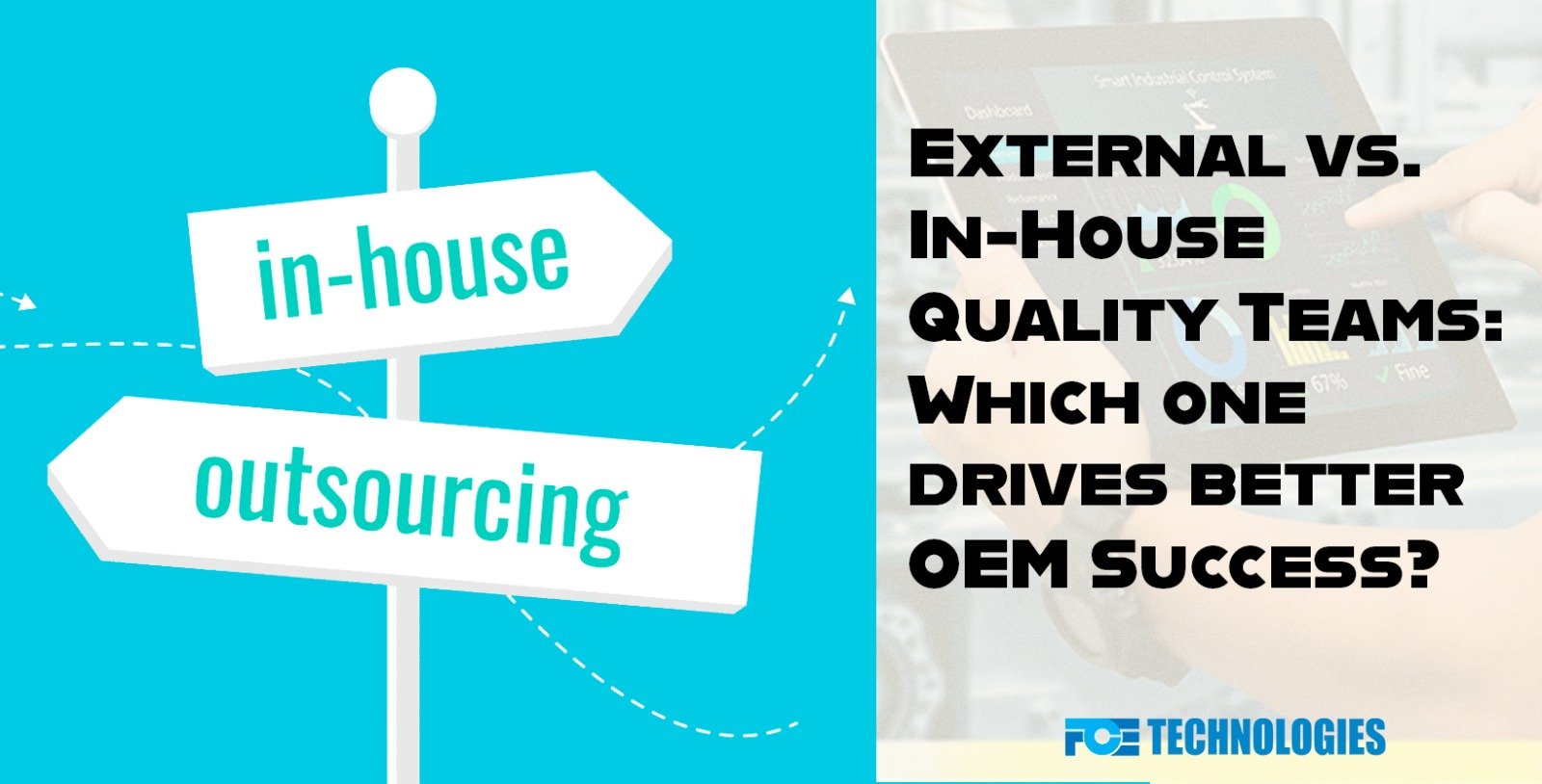Information Technology Important in Healthcare
This article is about IT’s role in the healthcare profession. The main areas discussed are patient safety, clinical decision support systems, and network security. It also discusses the importance of scalable network solutions. Without a reliable network, electronic health records, electronic billing, and comprehensive staff management systems will not work properly. Moreover, unreliable networks cause delays and miscommunications.
Network security
Healthcare organizations must take steps to improve the security of patient information. This requires regular cyber security audits and assessments. The process can prove that the organization is dedicated to protecting patient information. It can also set the organization apart from its competitors by demonstrating that it has taken the necessary steps to improve cybersecurity. Health care organizations are trusted by patients on many levels, so it is vital that they are protected from hackers. By enforcing the security policies and standards of the organization, healthcare providers can help protect their patients and their information.
In addition to ensuring patient confidentiality, organizations should limit the amount of information on open computers. Leaving sensitive patient information on general access computers can provide a path to a hacker. In some cases, a successful phishing attempt can even lead to unauthorized access to sensitive areas of the network. Therefore, it is critical for organizations to secure these computers by placing them in a locked location.
Patient safety
The use of information technology in health care provides a variety of benefits, including the ability to improve patient safety. This technology can also help health care providers better understand patient safety issues and the risk factors involved in patient harm. Information technology can also be used to improve communication between staff members and patients, ensuring that they are always communicating with one another and providing a safe environment for patients.
Improving patient safety is increasingly important in health care, as the demand for healthcare services continues to rise. Increasing global populations present a range of challenges for clinicians, including the need to safeguard patient information, meet tight targets, and cope with problems when things go wrong. The importance of patient safety cannot be underestimated, as nearly half of all injuries in health care are preventable. In addition, medication errors cost health care systems an estimated EUR42 billion annually.
Interhospital and intrahospital communications
In the healthcare profession, interhospital and intrahospital communications are important to the overall health of the patient population. Inadequate communication between health care facilities can lead to unnecessary costs and harm to patients. For example, inaccuracies in communication can lead to duplicate tests and second opinions.
Lack of communication is a primary cause of many patient deaths, which is why communication among healthcare professionals is essential. Whether a clinic shares patient information with another facility or doctors and nurses talk about treatment plans, effective communication is vital. Organizations that are successful in improving communication among their staff and patients benefit from greater patient safety and improved overall patient health.
Clinical decision support systems
Clinical decision support systems (CDSS) are computer programs that can guide medical practitioners in their decision-making processes. Originally developed at Stanford University, CDSS can be a valuable tool in medical care. The first CDSS, called MYCIN, applied an artificial intelligence model to analyze patient data and then suggested treatment options based on those data. While this technology has helped to reduce some errors, it isn’t yet perfected enough to replace medical staff.
A CDSS has several uses, and is particularly useful in the diagnostic imaging area. It can also detect test duplications and recommend cheaper alternatives. Its use can help hospitals save hundreds of thousands of dollars every year.







